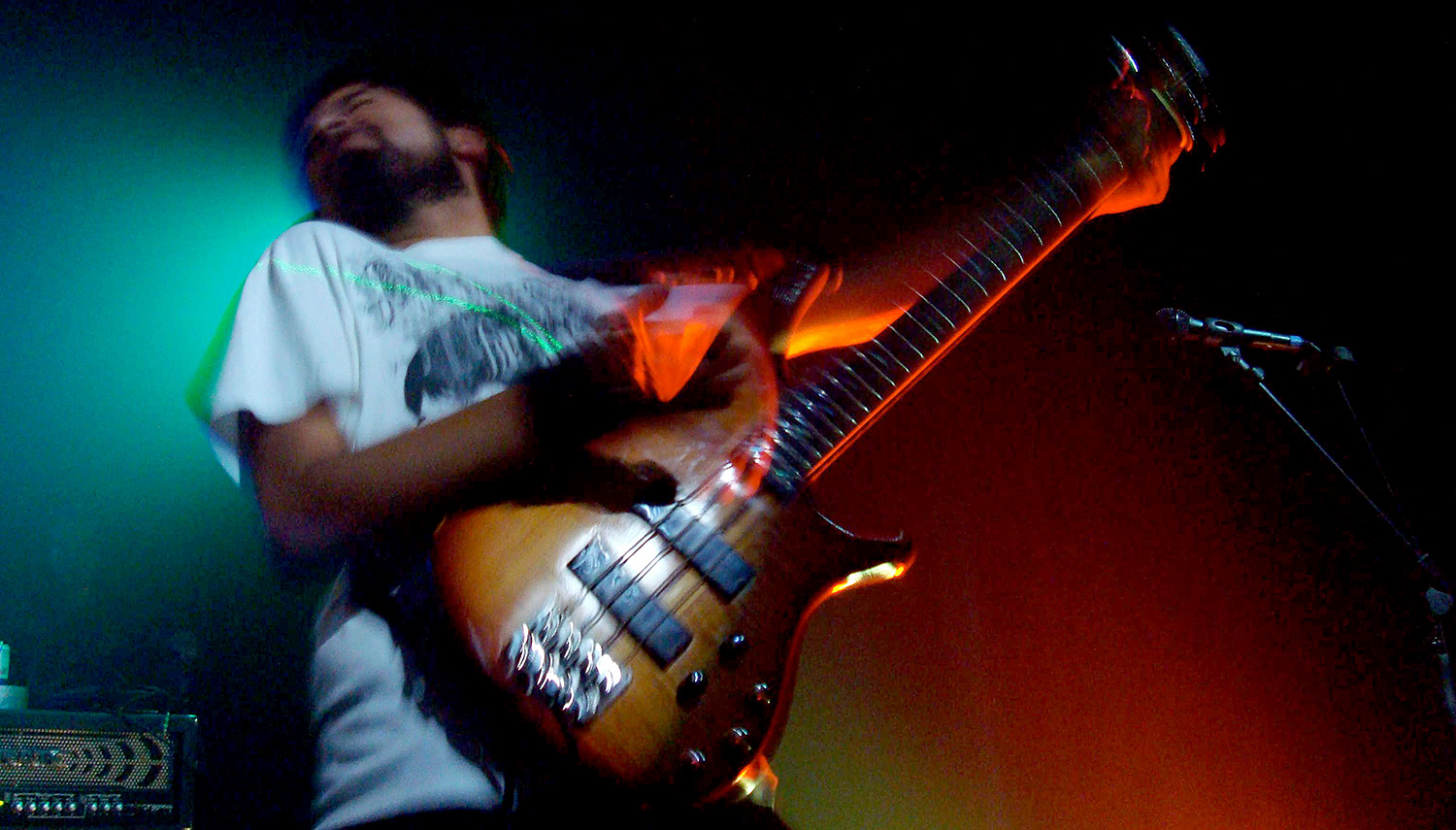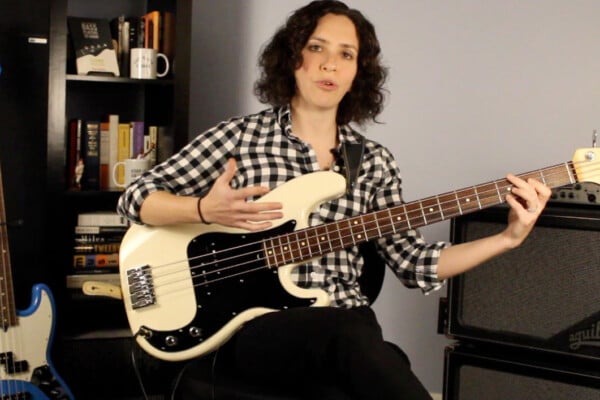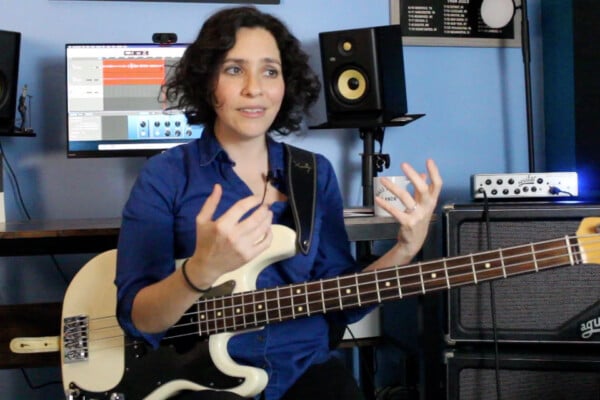What’s the Trick to Slap Bass?

Q:I have a question about slap bass playing. I’ve been watching a lot of videos on YouTube on playing slap bass, and what strikes me is the fact that there are a lot of instructors that explain rhythms to play, or certain techniques, but it seems such a mush of information to me. I simply can’t see a clear picture anymore. So, maybe to clear that up a bit, I thought I’d ask you.
Is there (or is there not) some sort of trick behind slap bass playing? (and I mean: is there something they are not explaining, but if I would know, I would be able to get a nice slap playing rhythm going?)
And second: is there (or is there not) a basic 16th notes rhythm that I could practice, and is that THE basic 16th notes rhythm that all good slap bass players use to build their slap bass pieces on?
A: In short, there are NO tricks (as in short-cuts) when it comes to proficiency with anything. There are levels of understanding, best practices, and perspectives gained that can seem like the “trick” to getting whatever it is you want to do, but most of those things are things that you have to discover and overcome organically in order to really internalize things.
And that is the real meat of it.
In order to slap well (this really applies to any style), you have to have:
- An idea of what you want to sound like. This is where listening is crucial. If you fall in love with a certain player or style than you begin to form a clear idea of what it is that you’re trying to do when you work on a technique like slapping. You get great study material, straight from your preferred source. All that’s left for you to do is transcribe, deconstruct, obsess, practice, repeat, listen and put in some sweat equity towards that sound.
- A strong rhythmic connection to music. This is true of anything in music but is hard to over-emphasize when it comes to slap. You have to have an internal drummer and that drummer needs a deep pocket. Essentially, slapping is combining the act of playing bass lines with drumming on the instrument. You can even think of your thumb as the kick-drum and your plucking finger as the snare and learn different drum grooves in order to work on your technique and vocabulary. Time and time-feel is everything when it comes to slap.
- Enough shed time in the bank to develop the muscles, tendons, and muscle memory required to execute what you hear and really feel the music you are playing in your body. You are on the right train of thought with regard to the 16th notes (although you’ll probably wind up spending time with triplets as well, once you really get going, 16ths are a great place to start).
You want to work on internalizing those 16th notes so you can feel them strongly on the inside (like you feel the big downbeats). Practicing thumbing and popping every possible 16th note pattern you can think of is a great way to build that internal clock and come up with interesting phrases and build your rhythmic vocabulary. It’s helpful to practice this stuff with a metronome.
You can also pick up rhythmic exercise books and read through the exercises, slapping octave lines through the rhythmic etudes. It’s a huge pay-off for what is an actual fun way to practice.
I always recommend Louis Bellson’s Modern Reading Text in 4/4 For All Instruments. I also recommend learning drum grooves and transferring them to a slap bass line (even just playing an octave over and over again while you match the rhythm is great). Learn to play drums on your bass, essentially while also practicing how to get a good sound with your thumb and plucking fingers.
Try everything that you come across on YouTube, as well but don’t worry about anything beyond taking what you like and ditching what doesn’t resonate (as long as you don’t just disregard things that are hard because they are hard. You have to put in the work to build a strong foundation. I just mean that not everything or every approach is for everybody).
So, in a nutshell, there is no “trick” to slapping beyond learning to think and play rhythmically like a drummer and learning the vocabulary of good bass lines by way of transcribing your favorite players to death. Learn a dozen slap lines by Louis Johnson, Marcus, Victor, Mark King, Flea… whoever appeals to you. You don’t have any choice but to build technique and a feel for the style.
Keep yourself honest with the work (don’t avoid the meat of anything. Start at the beginning and build from there, overlooking nothing in your explorations).
Learn the vocabulary by learning what others have done before you (transcribe)
Practice rhythm and try to think like a drummer.
Always play with musicality. Even if playing a scale, make every note sound good and feel good. We play how we practice so you want to practice always making music!
Have a question for Damian Erskine? Send it to [email protected]. Check out Damian’s instructional books, Right Hand Drive and The Improviser’s Path.




No mention of Larry Graham? ??
No mention of Larry Graham? ??
No mention of Larry Graham? ??
The clearest YouTuber (probably not the best description of him) is Scott Whitley. Hands-on, clear examples, no fluff: https://www.youtube.com/user/BoogieEx
Scot is an amazing slap bassist as well as an incredible all around player.He is a knowledgeable teacher wit a very relaxed style that makes learning enjoyable.A favorite of mine.